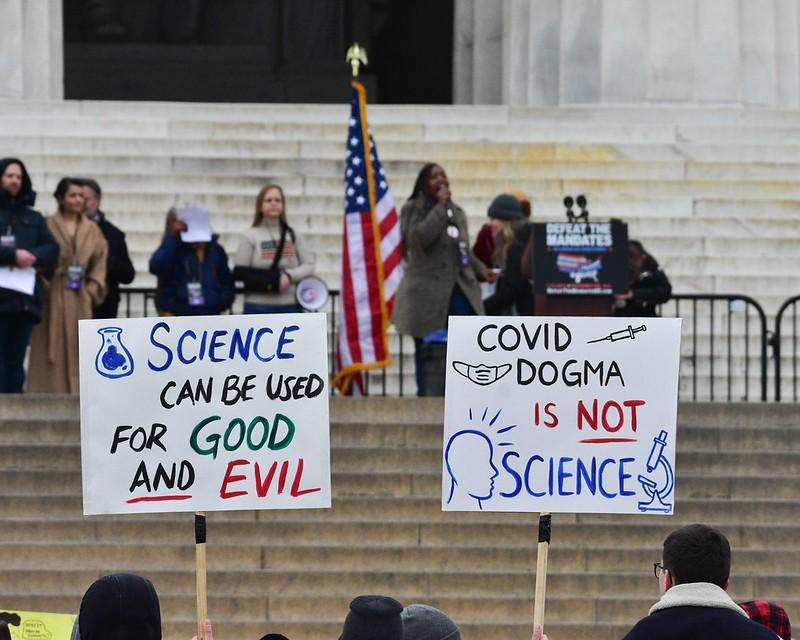
A survey of US adults demonstrates eroding confidence in vaccines and more willingness to accept misinformation about vaccines and COVID-19 over the last 2 years, according to results released today by the Annenberg Public Policy Center (APPC) at the University of Pennsylvania.
The center fielded its 13th nationally representative public health survey to more than 1,500 adults from October 5 to 12, 2023, finding that the proportion of respondents who believe in the safety of vaccines fell from 77% in April 2021 to 71% in fall 2023. Over the same period, the percentage of respondents who believe approved vaccines are unsafe jumped from 9% to 16%.
Although the number of people who accept this misinformation is relatively small, "there are warning signs in these data that we ignore at our peril," said APPC Director Kathleen Hall Jamieson, PhD. "Growing numbers now distrust health-protecting, life-saving vaccines."
News organizations, public health officials, scientists, and fact-checkers (including APPC’s project FactCheck.org) have attempted to disprove misinformation about vaccination and COVID-19, yet 26% of respondents said they still believe that the antiparasitic drug ivermectin is effective against COVID-19, up from 10% in September 2021.
There are warning signs in these data that we ignore at our peril.
Other key highlights
- In total, only 63% believe it's safer to get the COVID-19 vaccine than COVID-19 itself, down from 75% in April 2021.
- Sixteen percent think that administration of higher numbers of vaccines are responsible for rising autism cases, up from 10% in April 2021.
- Two-thirds (67%) say they already have returned to their normal, prepandemic life; 75% say they never or rarely wear a face covering.
- More than 1 in 10 (12%) think vaccines in general contain toxic ingredients such as antifreeze, a significant rise from 8% in April 2021.
- Nine percent of people incorrectly believe that flu shots increase the risk of contracting COVID-19, up from 6% in January 2023.
- Of all respondents, 12% said mRNA COVID-19 vaccines cause cancer, up from 9% in January 2023.
- Just half of those surveyed agreed that the seasonal flu shot cannot cause the flu.












